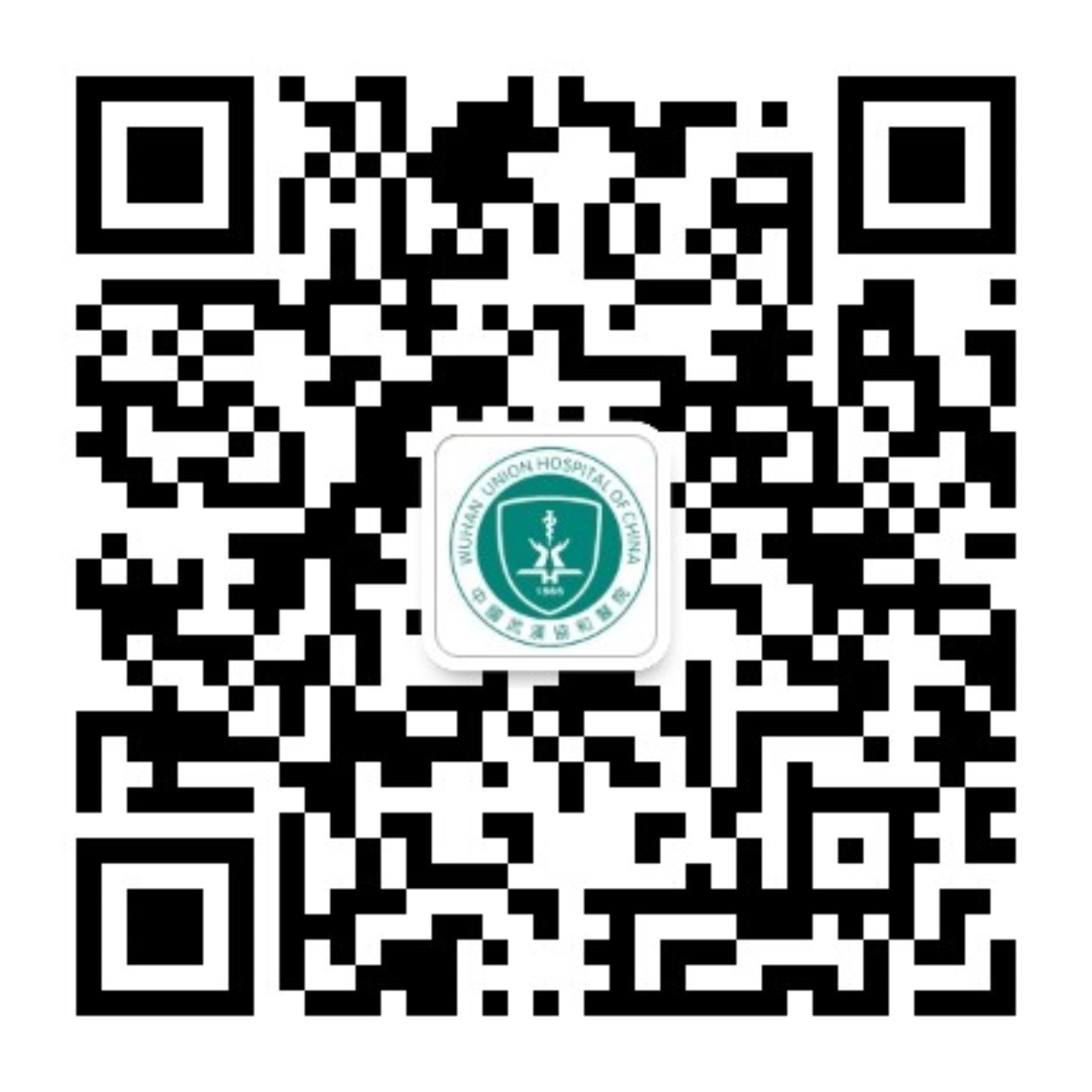Clinical study on homogeneously developing percutaneous nephrolithotomy via three-step dilatation sheathing method
-
摘要: 目的:介绍一种建立经皮肾通道的三步扩张进鞘法,并探讨三步扩张进鞘法的安全性、可行性和同质化效果。方法:回顾性分析我院2016年8月~2017年12月采用PCNL治疗上尿路结石173例患者的临床资料,根据建立经皮肾通道的方法及术者职称级别分为三组:A组为副主任医师采用三步扩张进鞘法建立通道完成经皮肾镜治疗的患者(n=62),B组为主治医师采用三步扩张进鞘法建立通道完成经皮肾镜治疗的患者(n=53),C组为主任医师采用传统逐级扩张法建立通道完成经皮肾镜治疗的患者(n=58)。三组性别、年龄、BMI、结石负荷、类别、分布及肾积水程度比较差异均无统计学意义。分别记录三组患者通道扩张时间、通道丢失例数、假道形成例数、通道建立时发生集合系统对穿伤例数等指标。结果:A组通道丢失0例,假道形成3例,集合系统对穿伤1例,通道建立相关并发症发生率为6.45%(4/62);B组通道丢失0例,假道形成4例,集合系统对穿伤2例,通道建立相关并发症发生率为11.32%(6/53);C组通道丢失2例,假道形成5例,集合系统对穿伤8例,通道建立相关并发症发生率为25.86%(15/58)。A、B组通道建立相关并发症比较差异无统计学意义(P>0.05),A、B组与C组通道建立相关并发症比较差异有统计学意义(P<0.05)。三组平均通道扩张时间比较差异无统计学意义(P>0.05)。结论:三步扩张进鞘法建立通道安全、成功率高,操作过程清晰、动作可分解,易于理解、学习,记忆后步骤不易丢失,熟悉后连贯操作不耗时,有一定经验的术者严格按步骤操作可达到同质化,值得推广。Abstract: Objective: To introduce the three-step dilatation sheathing method used for developing percutaneous nephrolithotomy(PCNL) and to explore the safety, the feasibility and the homogenization effect of this programmed operation step. Method: The clinical data of 173 patients with upper urinary tract calculi, who were admitted to our hospital from August 2016 to December 2017 and had undergone PCNL, were retrospectively analyzed. The subjects were divided into three groups according to the PCNL methods and the title of surgeons. Those upper urinary tract calculi patients that were treated with PCNL via three-step dilatation sheathing method by the associate chief physicians(n=62) were assigned to Group A. Those by the attending physicians(n=53) were assigned to Group B(the operation was authorized by the technical review of clinical application ability of the hospital expert group, the same below). Those treated with PCNL via traditional progressive dilatation method by the chief physicians were Group C(n=58). No statistically significant difference was observed among three groups in terms of gender, age, BMI, stone burden, type, distribution or hydronephrosis degree. The indicators of three groups, including channel dilatation time, number of lost channels, number of false-channels and number of penetrating injuries in the collecting system upon channel development were recorded respectively. Result: A total of 0 lost channel, 3 false-channels and 1 penetrating injury in the collecting system were reported in Group A, and the incidence of PCNL-related complications was 6.45%(4/62). A total of 0 lost channel, 4 false-channels and 2 penetrating injuries in the collecting system were reported in Group B, and the incidence of PCNL-related complications was 11.32%(6/53). A total of 2 lost channels, 5 false-channels and 8 penetrating injuries in the collecting system were reported in Group C, and the incidence of PCNL-related complications was 25.86%(15/58). The comparison of related complications between Group A and Group B showed no statistical significance(P>0.05), whereas the difference in related complications between Group A, B and Group C was statistically significant(P<0.05). There was no statistically significant difference in channel dilatation time among three groups(P>0.05).Conclusion: Development of PCNL via three-step dilatation sheathing method proves to be of high safety and success rate, and its clear operation process and decomposable movements are conducive to understanding and learning, which further prevents step missing after memorization. Upon proficient skills, the operation will be consecutive and time-saving, which allows surgeons with certain experience to achieve homogenization through strictly following the operation steps. It is worth promotion.
-
Key words:
- three-step /
- dilatation /
- percutaneous access /
- homogenization
-

-
[1] Ghani K R, Andonian S, Bultitude M, et al.Percutaneous Nephrolithotomy:Update, Trends, and Future Directions[J].Eur Urol, 2016, 70(2):382-396.
[2] 马超, 席启林.经皮肾镜取石术热点问题的研究[J].中华泌尿外科杂志, 2018, 39(2):157-160.
[3] Ozok H U, Sagnak L, Senturk A B.A comparison of metal telescopic dilators and Amplatz dilators for nephrostomy tract dilation in percutaneous nephrolithotomy[J].J Endourol, 2012, 26(6):630-634.
[4] Jagtap J, Mishra S, Bhattu A, et al.Which is the preferred modality of renal access for a trainee urologist:ultrasonography or fluoroscopy? Results of a prospective randomized trial[J].J Endourol, 2014, 28(12):1464-1469.
[5] Antonelli J A, Pearle M S.Advances in percutaneous nephrolithotomy[J].Urol Clin North Am, 2013, 40(1):99-113.
[6] Frattini A, Barbieri A, Salsi P, et al.One shot:a novel method to dilate the nephrostomy access for percutaneous lithotripsy[J].J Endourol, 2001, 15(9):919-923.
[7] 杨波, 李建兴, 胡卫国, 等.两步法建立标准通道经皮肾镜取石3052例临床报告[J].北京大学学报(医学版), 2010, 42(4):447-450.
[8] 曹建伟, 邓晓俊, 郎根强, 等.三步扩张通道法建立标准通道经皮肾镜碎石术临床研究[J].国际泌尿系统杂志, 2012, 32(4):447-450.
[9] 刘佛林, 邹毓华, 徐瑞权, 等.B超引导改良两步扩张法建立皮肾通道经皮肾镜取石术治疗非积水肾结石的临床效果[J].中国当代医药, 2017, 24(10):68-71.
[10] Jackman S V, Docimo S G, Cadeddu J A, et al.The "mini-perc" technique:a less invasive alternative to percutaneous nephrolithotomy[J].World J Urol, 1998, 16(6):371-374.
[11] 徐桂彬, 李逊, 何永忠.微创肾镜与输尿管镜在微创经皮肾穿刺取石术治疗上尿路结石中的对比研究[J].临床泌尿外科杂志, 2011, 26(3):172-173.
[12] 宣寒青, 陈奇, 仲海.超细经皮肾镜平台辅助下"可视"技术在经皮肾镜取石术中的应用[J].临床泌尿外科杂志, 2017, 32(12):918-922.
-

计量
- 文章访问数: 484
- PDF下载数: 632



 下载:
下载:
